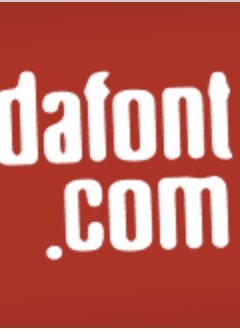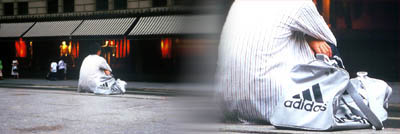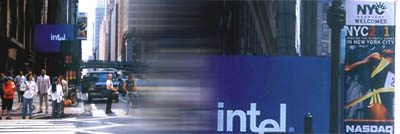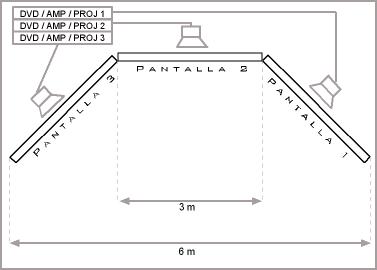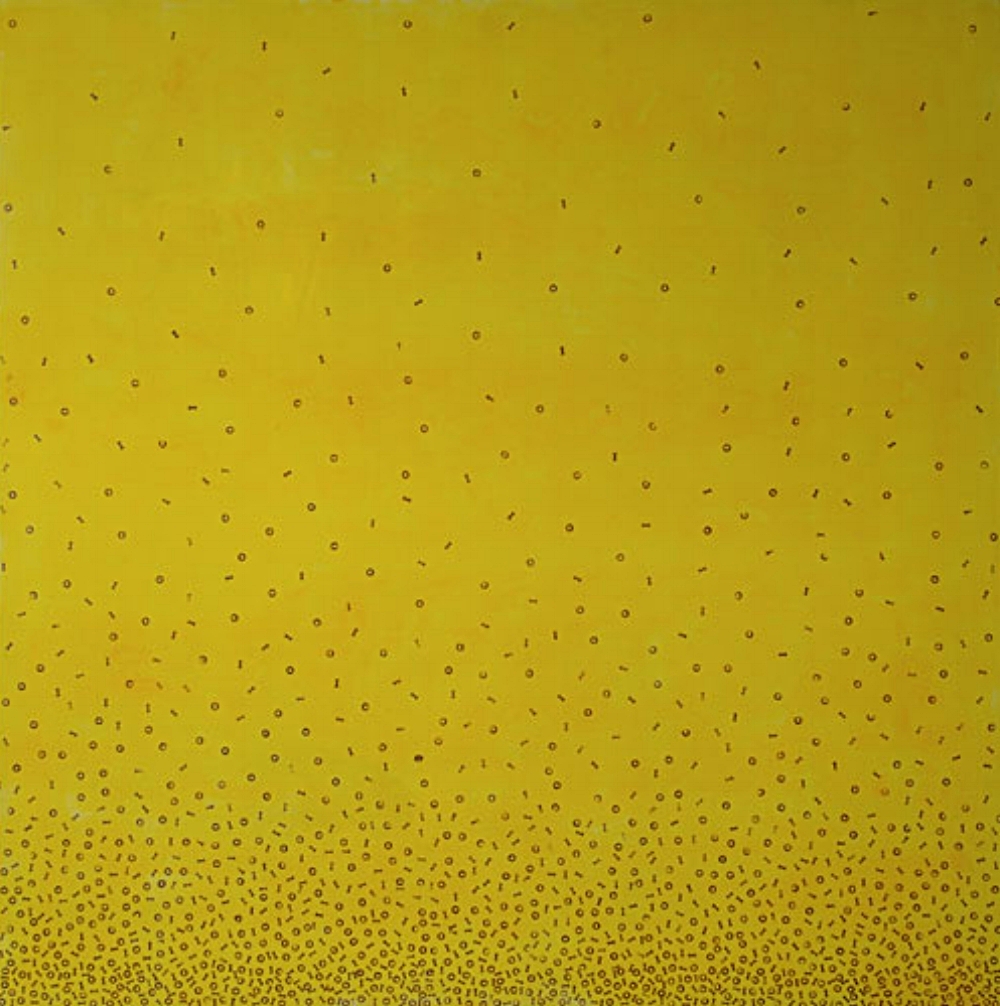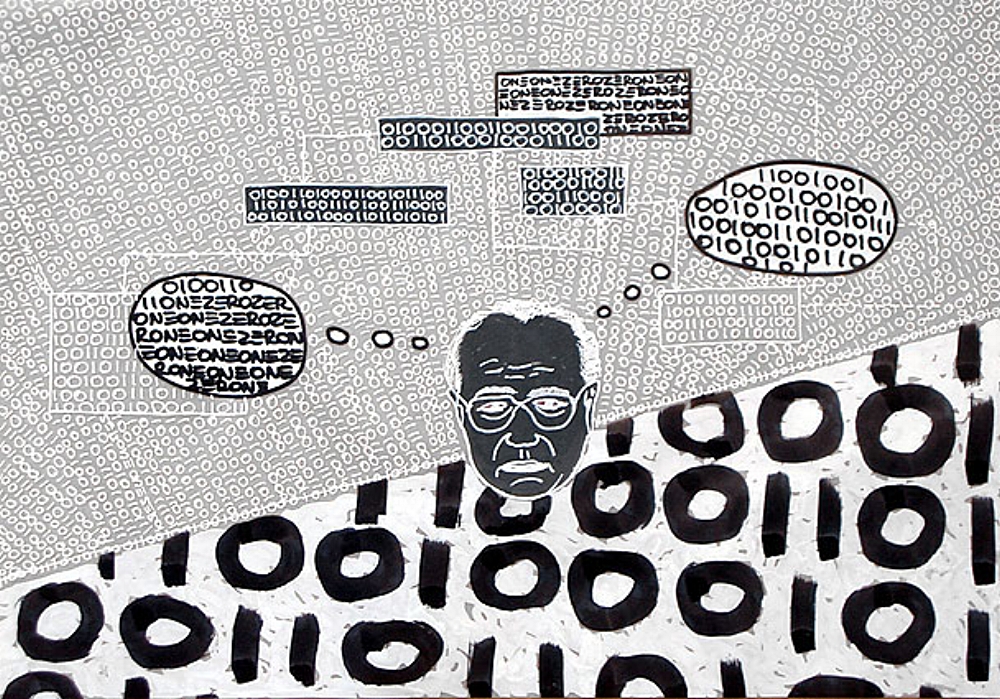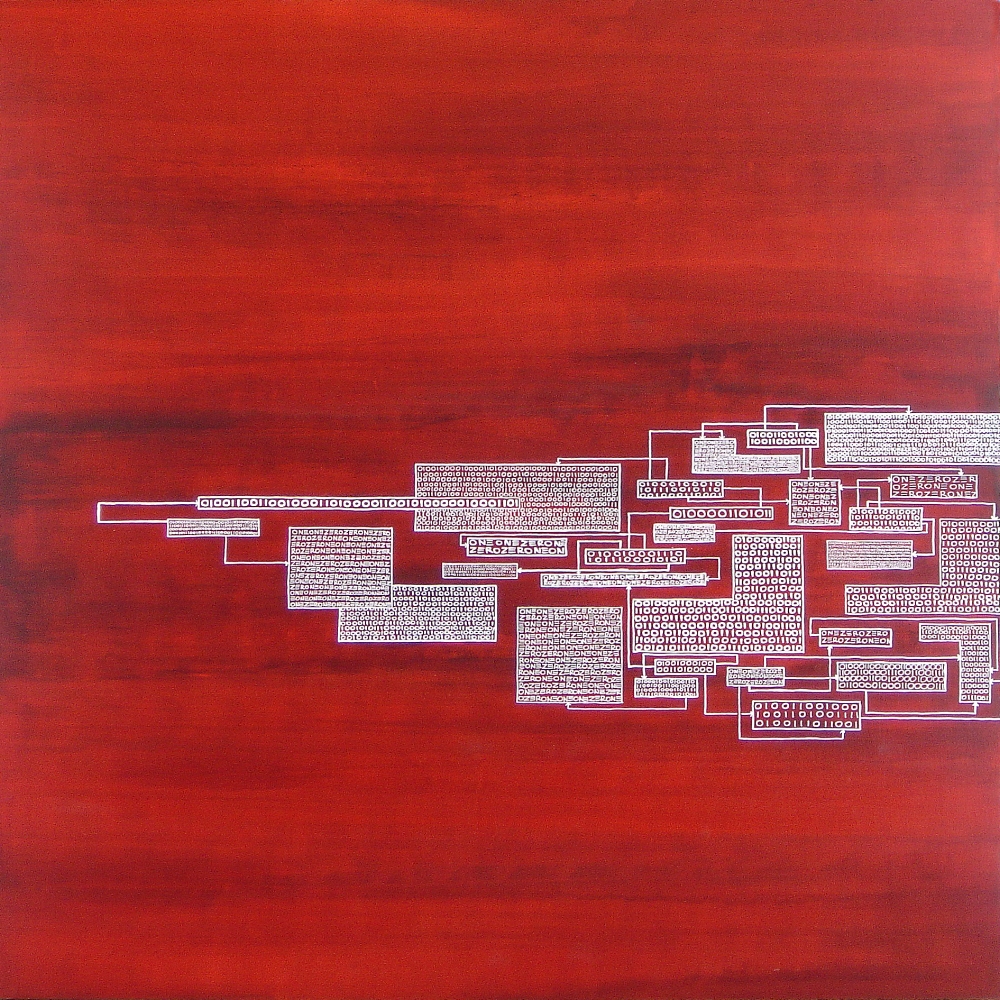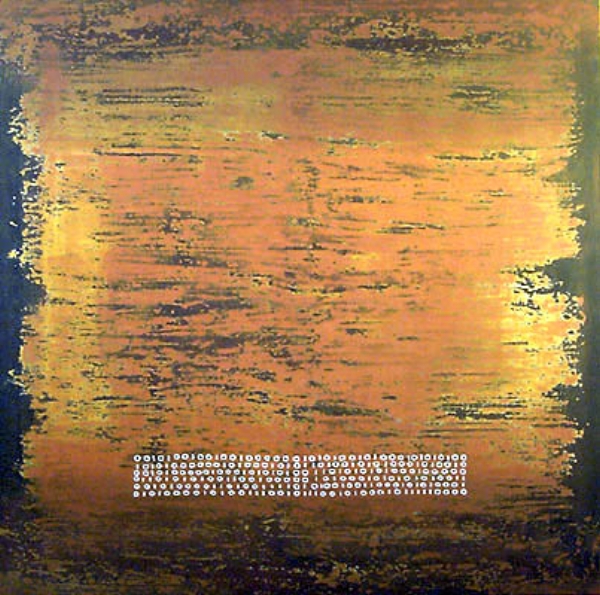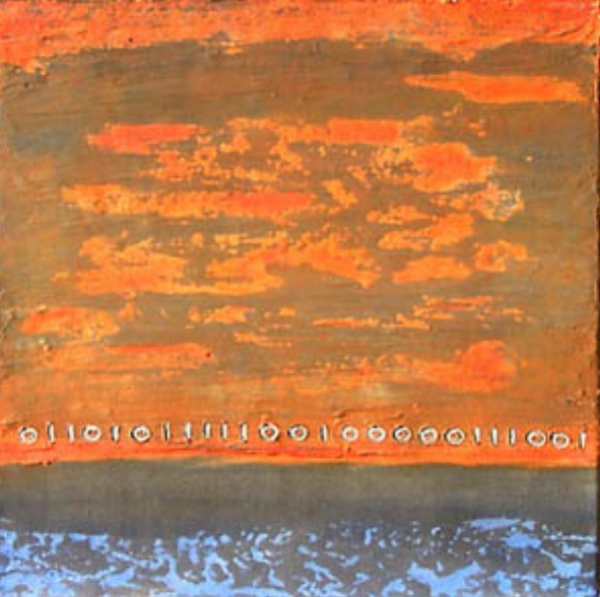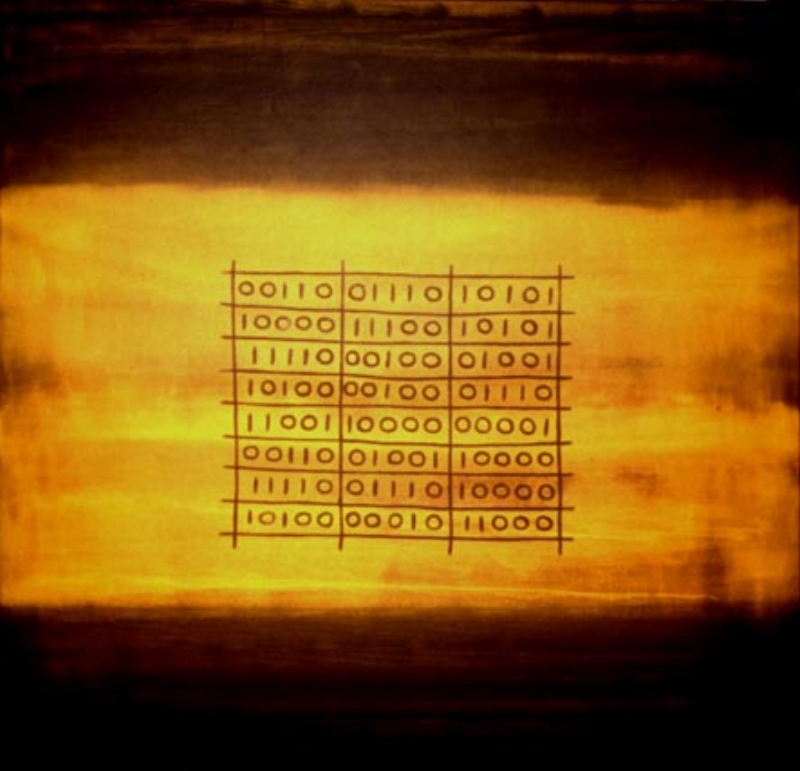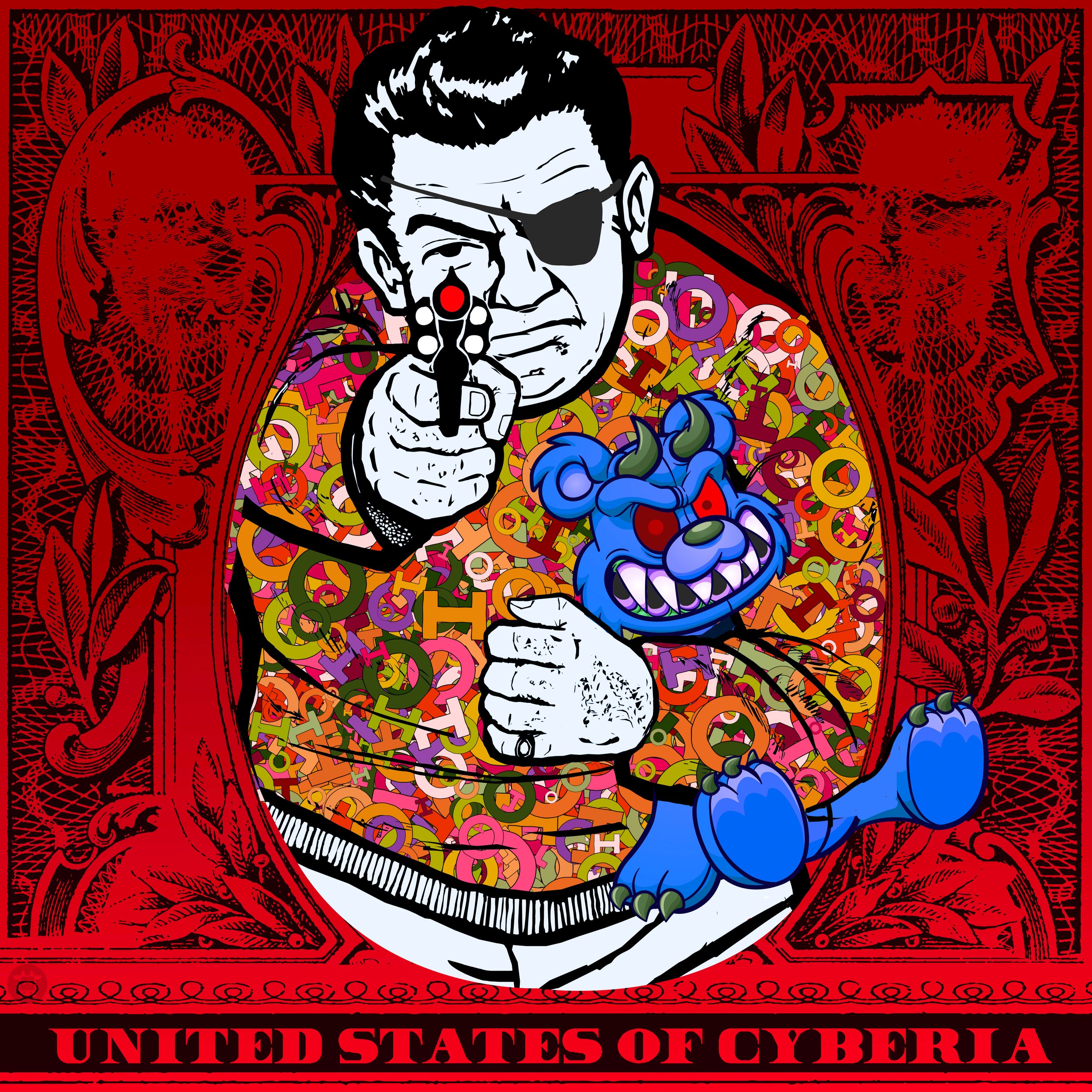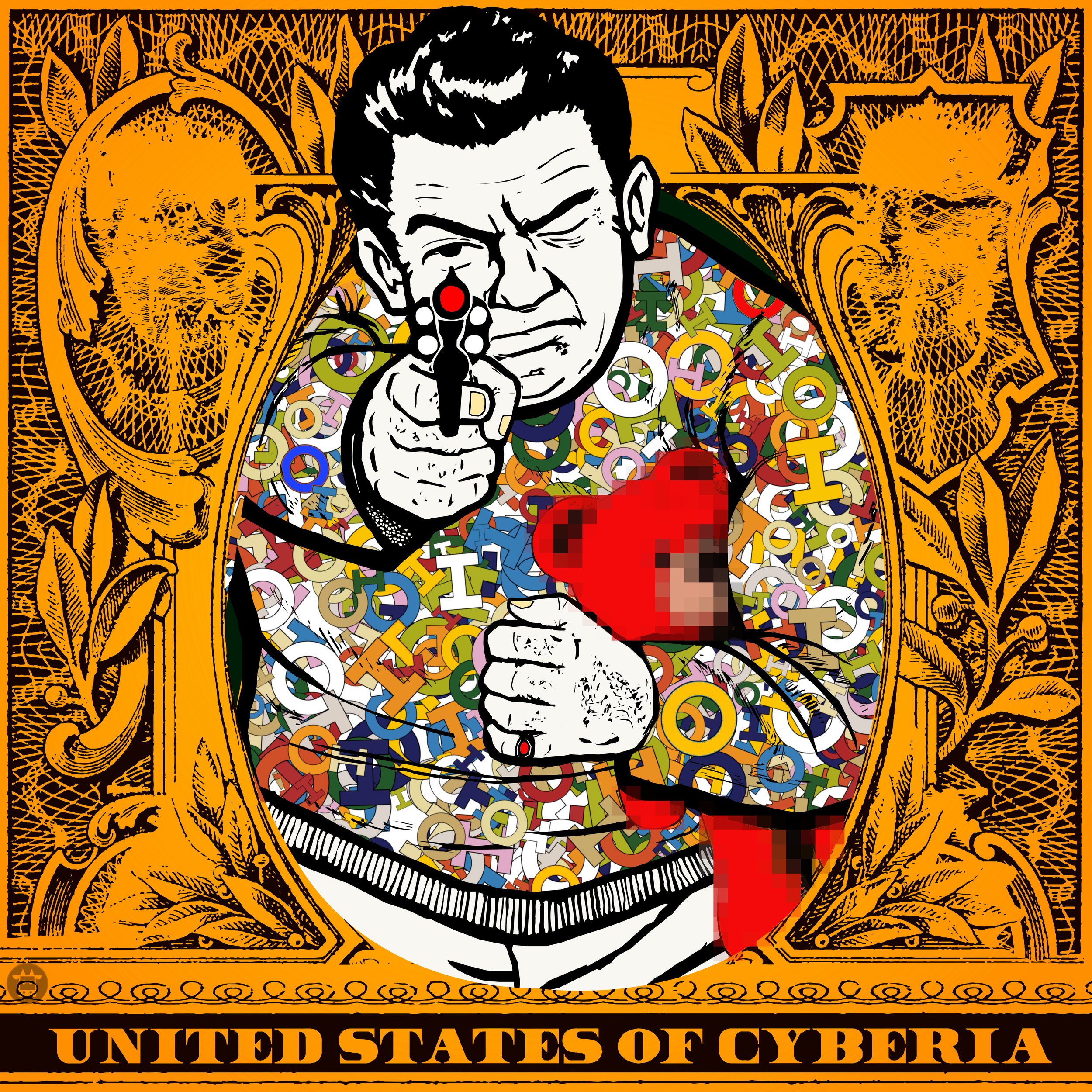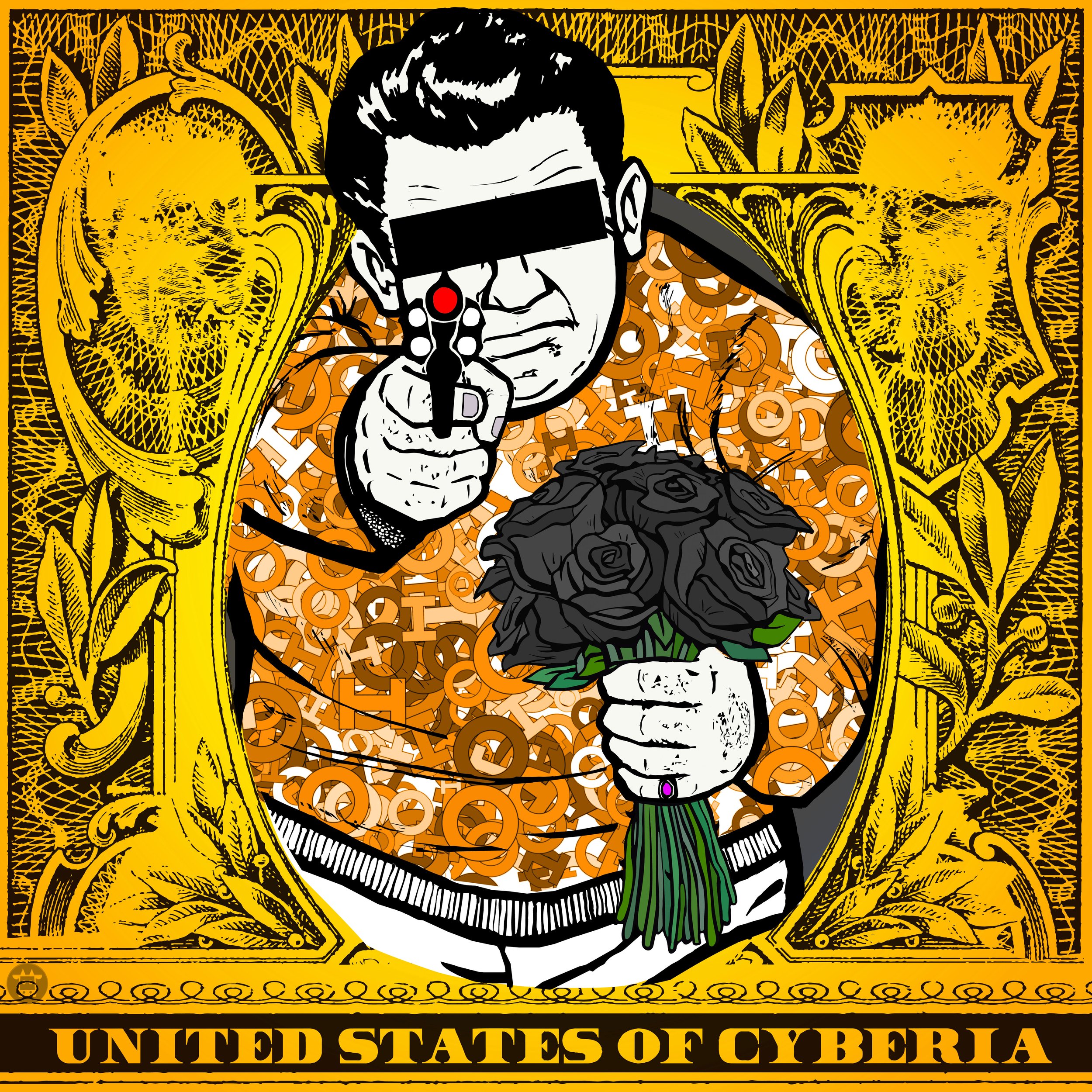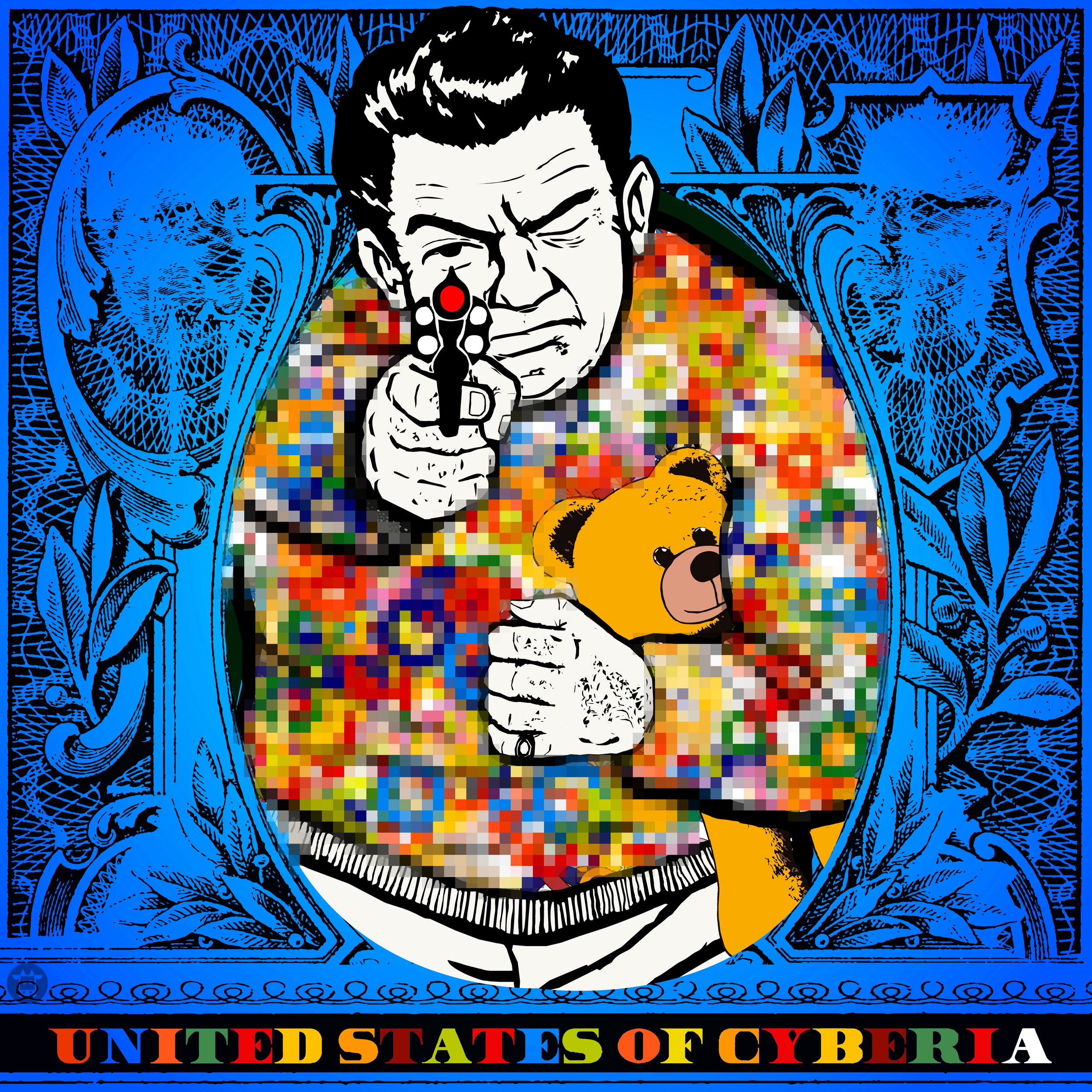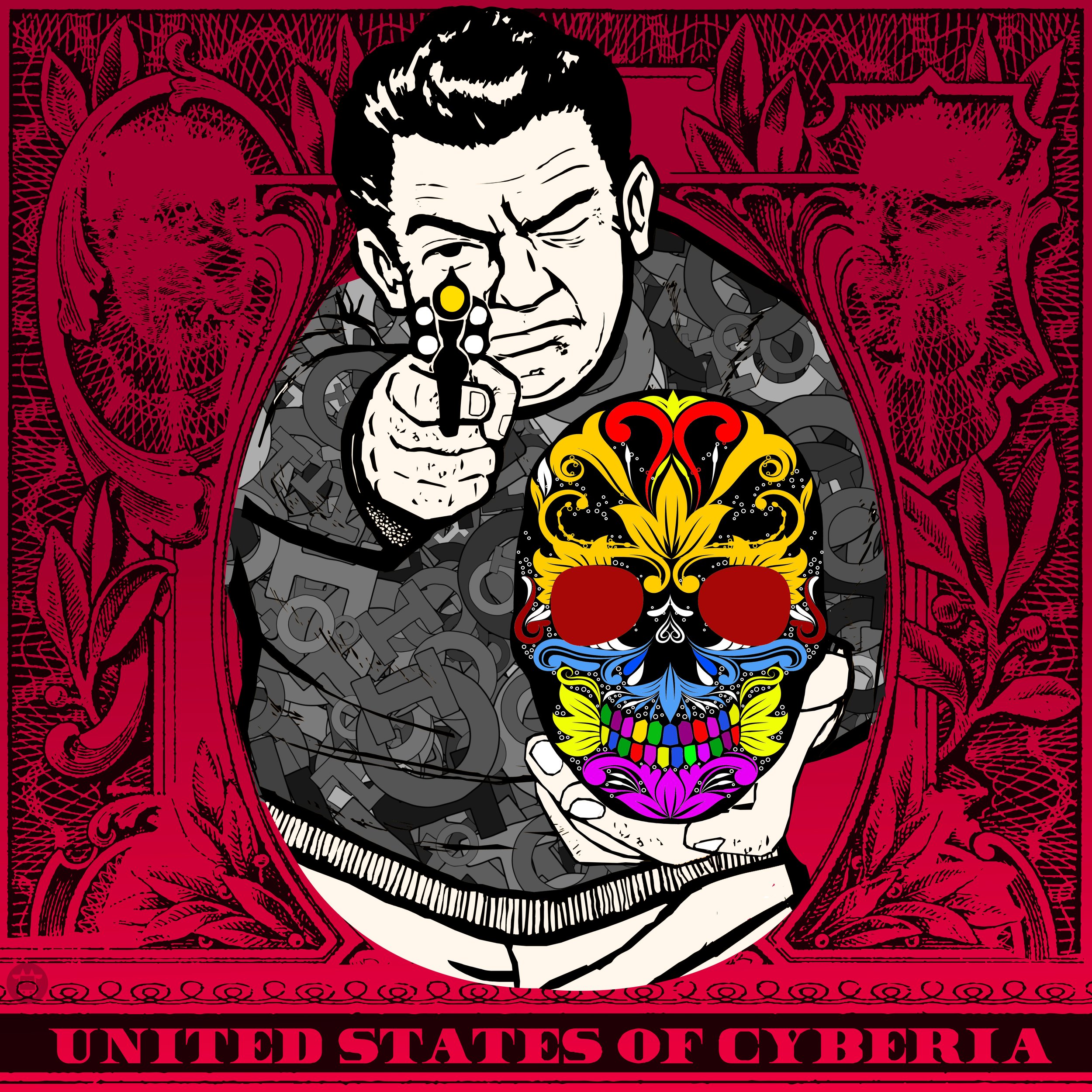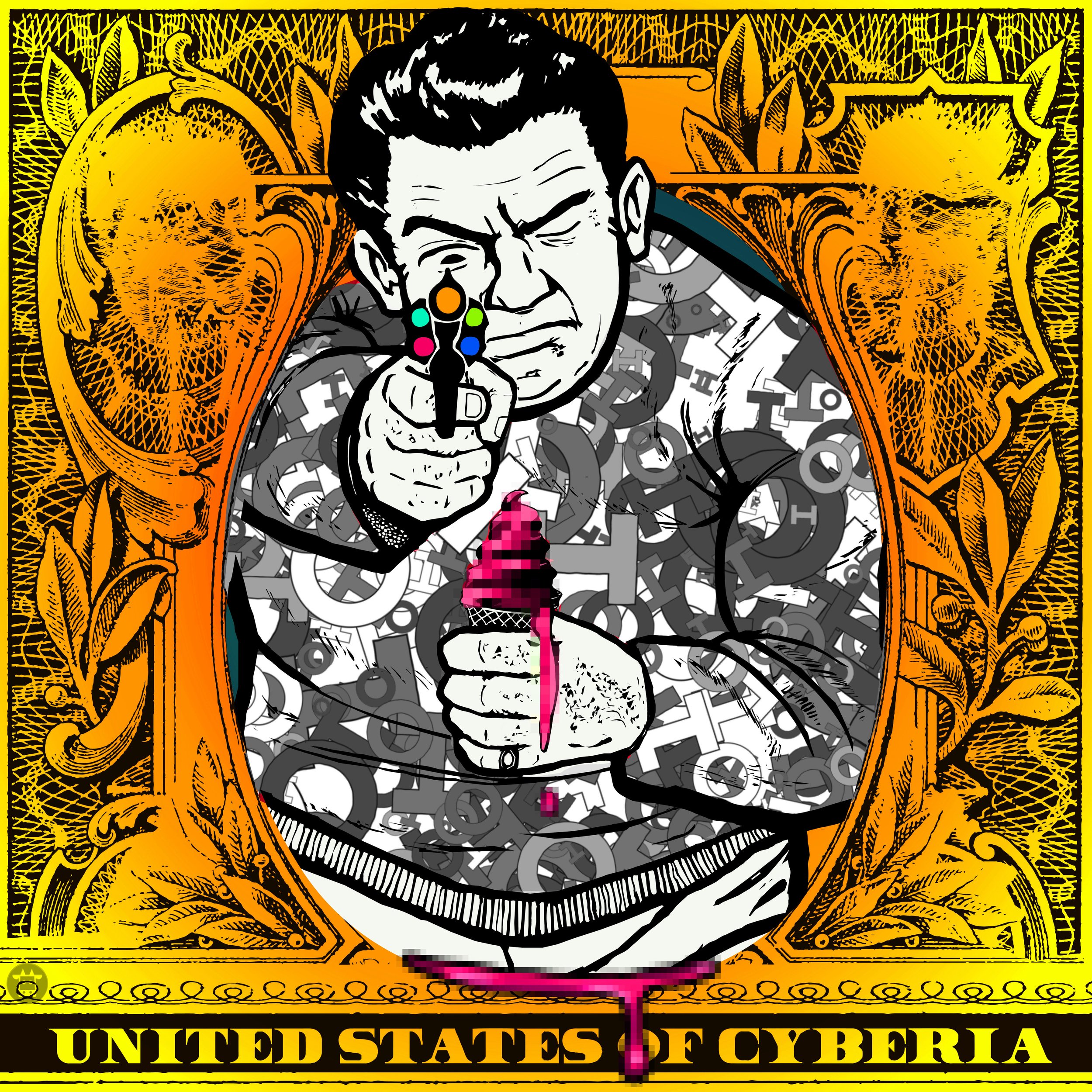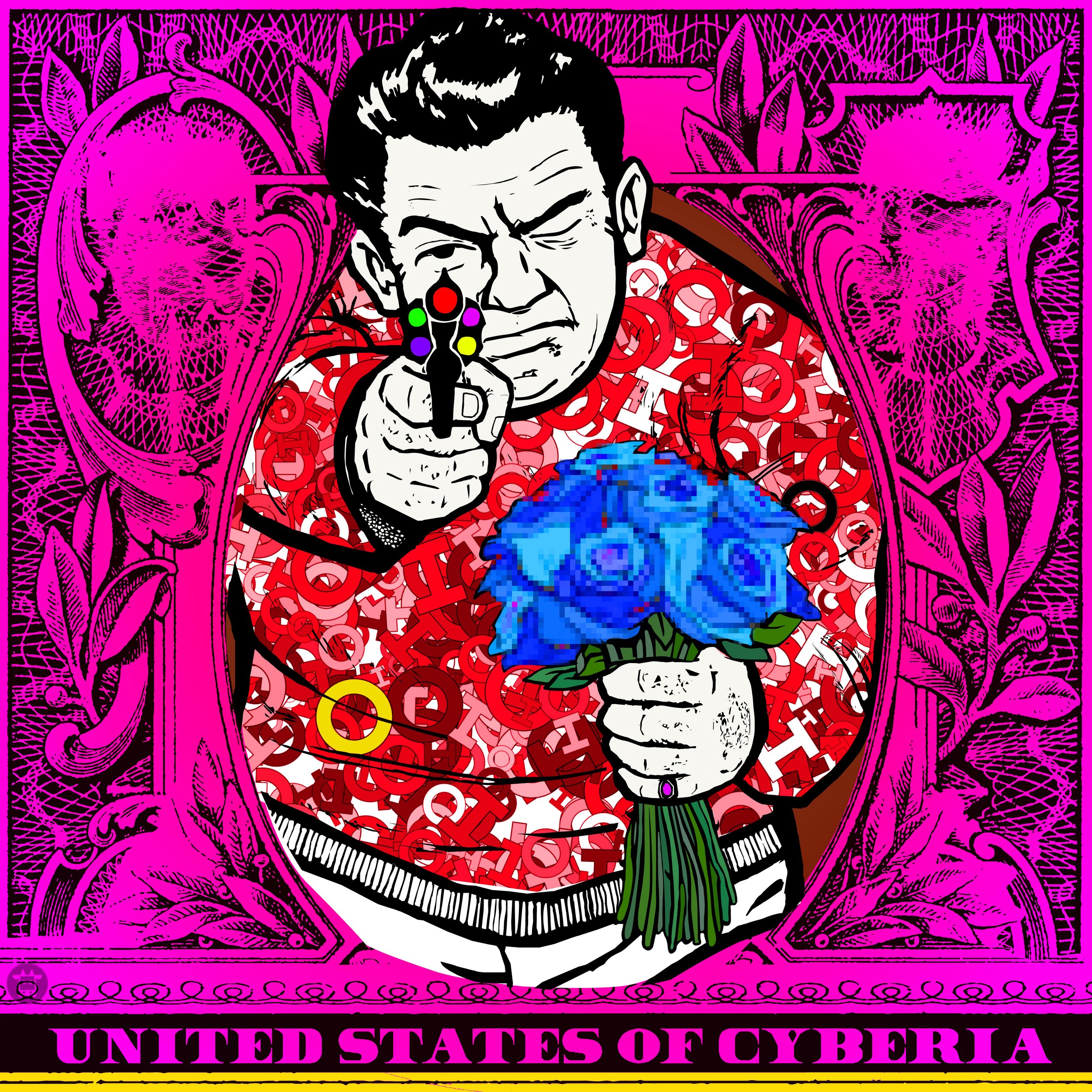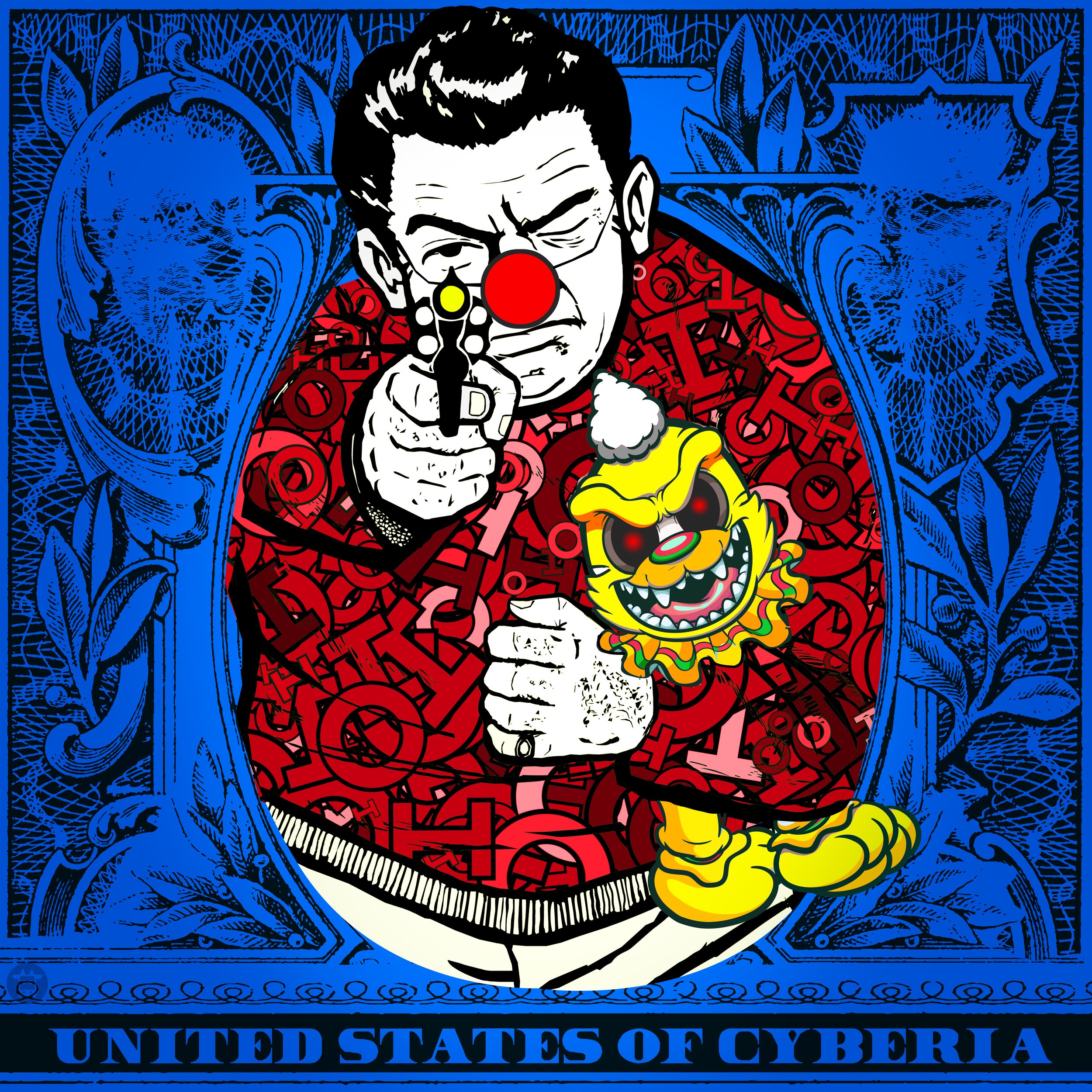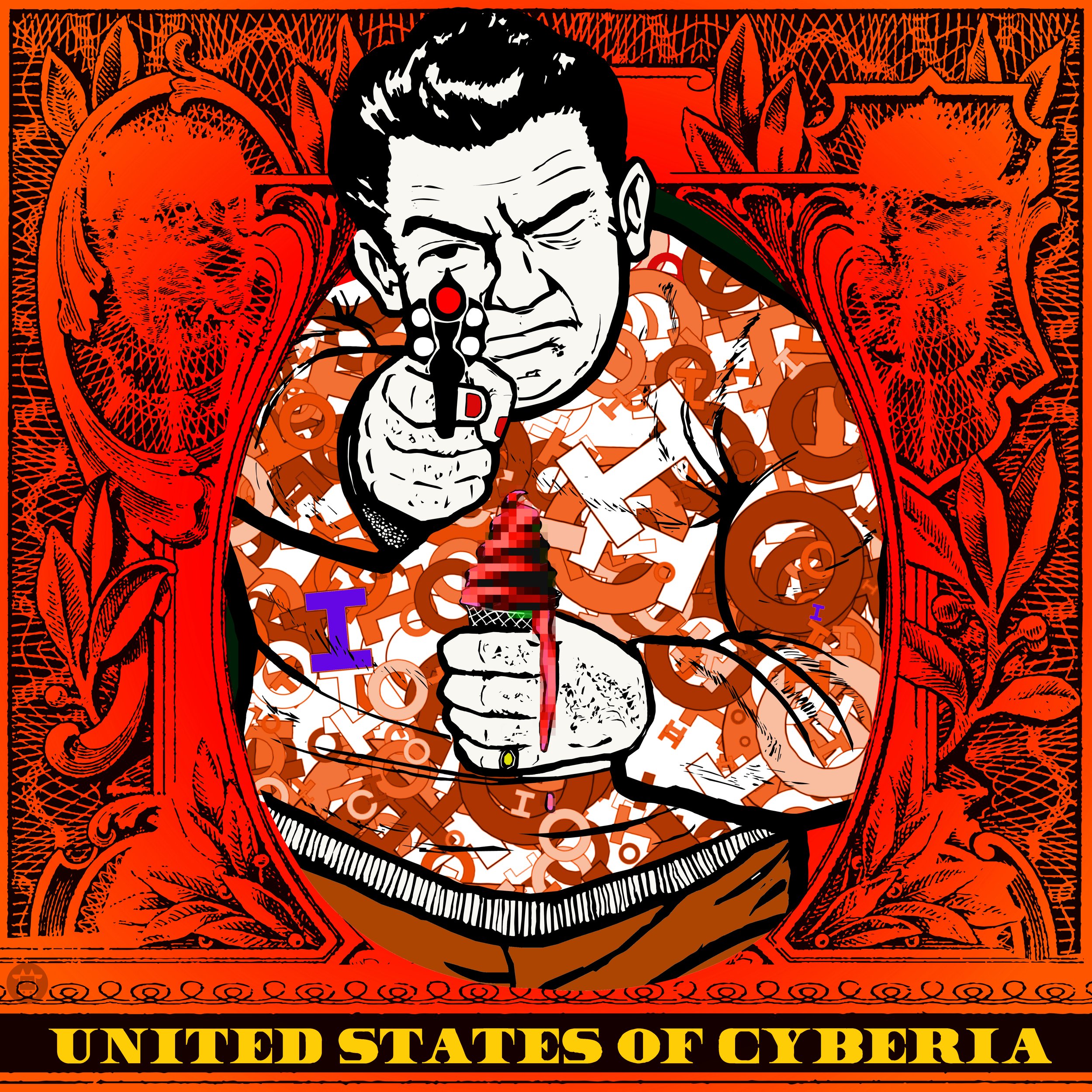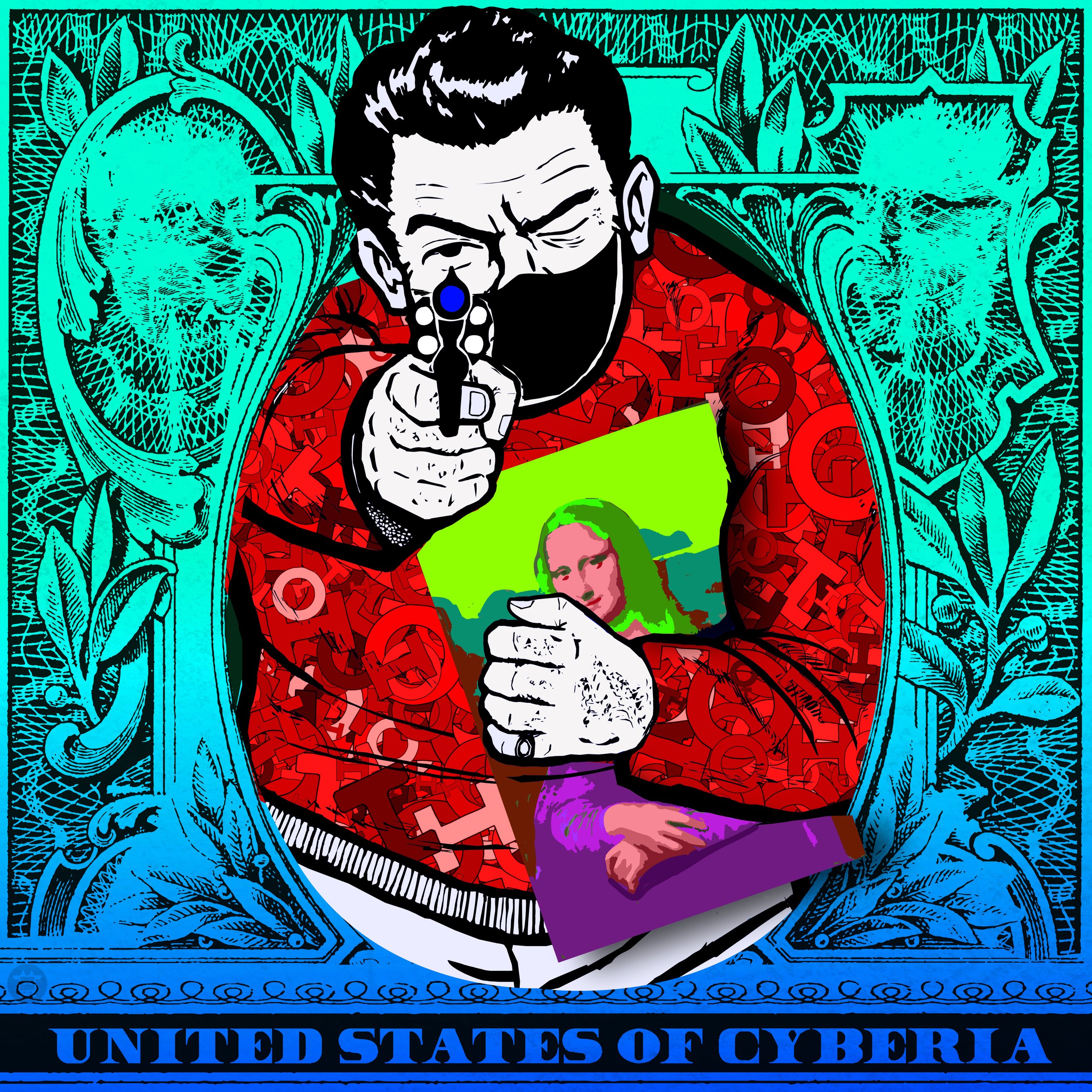Albert Vergés: A Journey Through Binary Art
Albert Vergés harnesses the power of binary code to drench his paintings with cryptic messages composed of ones and zeros. Eschewing traditional representation, Vergés encodes themes within his art. The binary pair of zeros and ones symbolize two distinct realms: 'one' signifies a natural number, recognizable even to animals as a single entity distinct from a multitude, while 'zero' represents an artificial construct, devised by humans to deepen their understanding of nature.
Vergés's art reflects a critical perspective on various societal issues, evident in his series like Zero Thought , The Privatization of Public Opinion , Marketing Mix and his Video Art pieces "0-0" and "New York-New York".
His artistic journey began unexpectedly at the age of 30. Vergés's debut exhibition, featuring his first canvas painting ( Hal 9000, first binary feelings) took place at the Fundació Miró in Barcelona in 1997, as part of the collective exhibition Anatomies of the Soul.
This led to his first solo show at the now-defunct Ynguazo Gallery in Madrid and a fruitful collaboration with Àmbit Galeria d’Art in Barcelona. During this period, he served as a resident artist at the Centre Art Contemporani Piramidón and showcased his work in various locations including Can Felipa in Barcelona, Baltimore (USA), Clermont-Ferrand (France), and Convent del Carme in Valencia, among others.
In 2010, Vergés founded sunomono, an audiovisual production company, where he has developed a wide array of audiovisual projects. He currently balances his time between his artistic endeavors and his role as an audiovisual director.
In 2024, after a 20-year hiatus, Vergés returned to music composition, once again infusing his work with the essence of binary code.
Scroll down artist's work
HAL 9000 the font
I have been working with binary code for more than 25 years, the visual order created by the zeros and ones creates in me a sense of well-being. I want to share this feeling with all lovers of order, mathematics or art.
If you want to download it for free follow the procedure.
BINARY MUSIC FROM THE CODE
After 20 years of auditory silence, I've embarked on this musical journey hand in hand with AI. The last time I converted visual concepts into sound was 20 years ago, at the LEM Sound Festival in Barcelona. "Digital Love Affair" is a musical journey through a minor event in the history of AI converted in music.
……………………………………………………………………………..
Digital Love Affair is the first composition
……………………………………………………………………………..
DOCUMENTS
*
100.000 HAIKU
Primitive artificial intelligence (2004)
Making haiku in Spanish is like making seaweed gazpacho, there are those who try but following the 5-7-5 metric limits, when I created the software to generate Haiku poems in Spanish I obviated this limitation with the intention of enlarging the possibilities of interconnection that an application without past, ethics or shame can have. As a result, I edited 10 books with 10,000 Haiku each.
The programming experience was very similar to painting a picture, to be able to check each small code change live, to see how the computer responded to each instruction was very similar to painting. This mixture of nervousness, sweating, dry mouth, palpitation... exactly the same.
It took me a week and two days without sleep to complete the program. Until I left it all night generating 100,000 Haikus. The result is spectacular, sometimes I laughed at the barbarities it generated... but from time to time... the program produced perfect pieces.
In the exhibition that I made in the Roselles Gallery in Roses (Catalonia), I exhibited the paintings inspired by some chosen Haikus, the self-published books and a computer that generated live other haikus and that was reciting them automatically.
In 2024, in the midst of the AI and ChatGPT revolution, this may seem a futile effort, but this is what art is most of the time. In this case the art work is not the poem, the work is the idea of an artist programming a database to generate Haiku poetry, we could say that poetry is the detritus of this effort.
Video with the 10,000 Haikus program at work.
*
BINARY FONT
The number 1 is the first natural number. Most mammals and birds can count to at least 2 or 3, but none to zero. The number zero is a concept invented by humanity to represent nature, to measure, calculate and archive it. According to most historians it was Brahmagupta , in 6th century India, who theorized for the first time about a number meaning nothing. The Arabs adopted it and later Fibonacci introduced it to the West in his Book of the Abacus.
I was inspired by the Arabic script, to create this typeface that acts as an automatic translator to binary code. I created it for anyone who can download it and convert a law, a recipe or a classified ad into binary art.
Download the BinaryVerges typeface and create art with a simple click.
*
NEW YORK - NEW YORK
VIDEO ART ( 2001)
I spent all of August 2001 in New York preparing a video art piece about the overexposure to advertising that humans have in big cities.
I don't tend to show the concepts from the crudeness of the real, I am interested in entering into the questions I raise from a certain harmony.
I had been to New York many times before, so I didn't "waste my time" doing touristy things. We went all over the city with a small digital camera with the intention of photographing as many advertising impacts as possible.
Every two days we went to a public library and I sent the photos to my email, it was a very interesting life experience.
Out of that summer came a piece of three-channel video art, which I consider beautiful... but an art critic from Baltimore didn't understand it and threw it down.
This piece was screened at El convent de Sant Agustí and at the Gallery International in Baltimore in 2003.
*
FIELDS
PAINTING (2013)
Normally the paintings reflect, among other things and unconsciously, the order imposed by gravity.
In this work I tried to find the balance by imagining that the zeros and ones were exposed to electromagnetic fields with the gravitational field in front of them.
With the perspective of the years, I see once again this useless effort for an idea. And once again I am glad to have passed through this place. I remember perfectly the internal dialogue, in the workshop, when I imagined an aesthetic war between Maxwell and Newton.
*
EIKONOKLASTES
VIDEO GAME ART (2003)
E-IKONOKLASTES is a video game therapy for creators, commissioners, critics and spectators, a way to free ourselves from the cultural icons in which we are anchored by demystifying Art History and destroying its most famous manifestations.
I made E-Ikonoklastes by modifying the maps and game rules of one of the most famous video games of the 90's, Duke Nukem. 3 weeks learning to program the game and designing the museum. Sonia Villegas helped me, as curator, in the conceptualization of the exhibition inside the game.
Knowing how to program is a blessing for an artist, programming is closer to the act of physically painting than working with any program like photoshop or similar. Modifying lines of code and seeing how they work is like drawing a line of color and seeing how it works with the rest of the composition. At least for me it is the same physical feeling of discovery.
Sorry for the quality of the video. I made this piece in 2003, we are working to create a higher quality video. We will try to upload a working version of the video.
*
Zero thOUGHT
PAINTING / SCULPTURE ( 2003)
PAINTING / SCULPTURE ( 2003)
The decision makers try to create a flat Zero Thought society. They use the media to recreate an old disease, why stupidity is a disease of media transmission.
Wooden boxes, containers of ideas, records of the states of this new society that emerged from collective oblivion, widening the gap between society and state.
*
0-0
VIDEO ART - JosÉ RamÓn BAs & Albert Vergés (2008)
We shot this piece in my old workshop at the Centro de Arte Contemporáneo Piramidón, In a room, two players organize a soccer match. There is only one disadvantage of the inability to achieve a goal. 0: 0 works with the idea of a fruitless struggle in which there is no victory, a small complaint against superiority in an apparently trivial and harmless area.
I met Jose Ramon Bas, before my life as an artist. He was one of these new artists that you discover as you move through the exhibitions in your city. When I made the transition from civilian to plastic artist, providence made us coincide at the Centro de Arte Contemporáneo Piramidón and there we met. I have a certain energy in the moments of creation that is usually above average, but José Ramón Bas multiplies it by 10 and it is a great pleasure to connect ideas with him, working with him is always something interesting, fun and surprising.
We exhibited it at OFF LOOP 2008 and later at the VIDEOFORMES festival (France).
*
HYPER MEDIATIC
PAINTINGS 2007
*
PORTRAITS
I have a little obsession with binary code, usually when I go to Madrid I go to visit Las Meninas by Velazquez. On the way between the entrance and the painting I try not to see any painting, I know the route perfectly well and I can do it with my eyes covered. Sometimes, if I have time, I dedicate some time to see Goya's dog. On the way between Las Meninas and Goya's dog I put (mentally) sandwiches with zeros and ones to all the paintings. It's not an act of mint amusement, it's real, it's what I see... but I know they are not there.
I remember when I came back from a visit to Las Meninas, I thought of doing this series that I could never exhibit, they are pieces that were disappearing from the workshop little by little.
*
MKT-MIX
Consumer products act as personal extensions that we acquire in the form of cars, clothes, books, news or ideas. With each acquisition of these branded products we extend our external relationships and also extend our 'self'. We no longer live in a 1:1 relationship with nature and brands play a key role in this fictitious process in which relationships between people, brands and lifestyles become intertwined.
Marketing Mix' shows us these interrelationships and how they are integrated into the social fabric of our time. A fabric that in these pieces is determined in the form of algorithms or information flows.
*
BINARY CLASSICS
BINARY BOOKs EDITIONS (2013)
One day I imagined the digital world as the new Esperanto, this language created by LL Zamenhof at the end of the 19th century. It was an error of thought, a moment of blindness due to the luminosity of the new, of the digital. To verify the effect of this new reality, I edited 10 classics of world literature in binary code.
Seeing a book open in binary gives you a surprising sensation of uniformity, at first (and second) glance it is the same as Don Quixote, as The Portrait of Dorian Gray. For me it is a metaphor for our hyper-connected society that is archiving our cultures and, at the same time, blurring the textures that enrich us.
For the exhibition, I created two "dystopian commercials," implying that reading these books in binary would serve to broaden children's minds. This acceptance of the real digital world is part of our reality that enriches and impoverishes us in equal measure. Soon "digital vegans" will appear and will be perceived as modern Luddites, their discourse will surely be permeating society and in 20 or 30 years philosophical currents will be created around the abuse of digital and hyperconnectivity.
*
EVADING ECHELON (2001)
The works in the exhibition Evading Echelon are inspired by the decoding process of capturing and analyzing all the information that systems like ECHELON receive daily phone calls from our email or fax sent. How much work for nothing, how much privacy violated for nothing, how much government voyeurism ...
This series was created in 2001, Mark Zuckerberg was still 17 years old, facebook was not even a project. At that time I was shocked by the information that governments were stealing from us... and it turns out that over time many people give away their data, their social life in exchange for kitten videos, 4 likes and entertainment. I was not very visionary...
*
BINARY SELF PORTRAIT
In our society, an 8-digit number represents or can represent more of our own image. Binary Portrait OIOOIIOI allows users to "paint" their self-portraits by submitting their passport number, ID card or phone number.
Program this application to create binary ID transcriptions. By having different strokes of the digits, the program cannot repeat the same texture. Therefore,
we have a machine that cannot be copied, and each digital print is unique.
*
beginnings
Hal 9000, first binary feelings, was the first piece conceptualized as a binary transcription of a message. It was part of the group exhibition, Anatomías del alma, at the Fundació Miró in Barcelona in 1997.
Later I began to work with portraits, transcriptions into the binary code of identity cards.
Some of the paintings shown here were part of exhibitions at the Fundació Joan Miró (1997), Galería Ynguanzo in Madrid (1998) and Galeria Ámbit in Barcelona (1999).





















